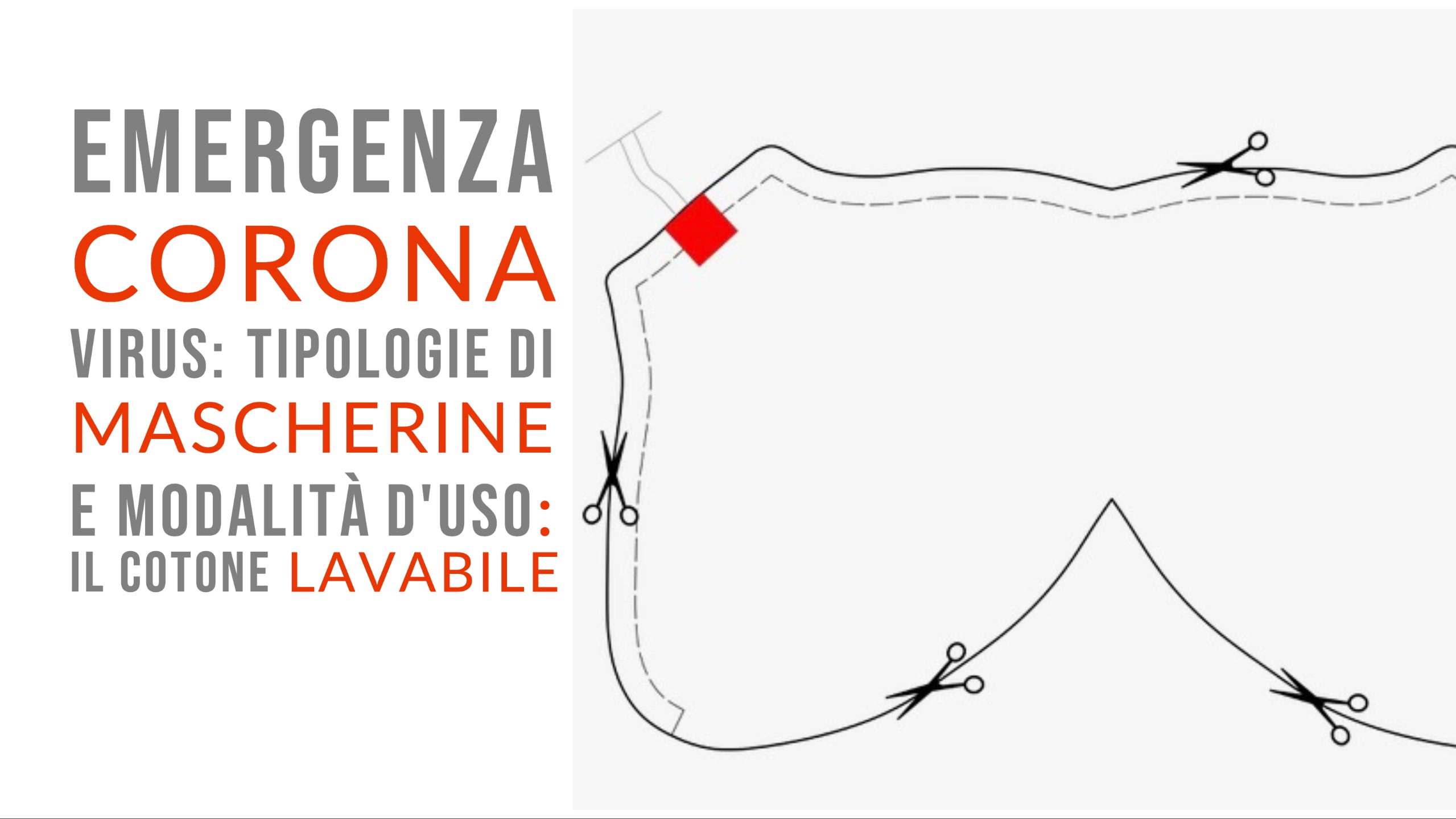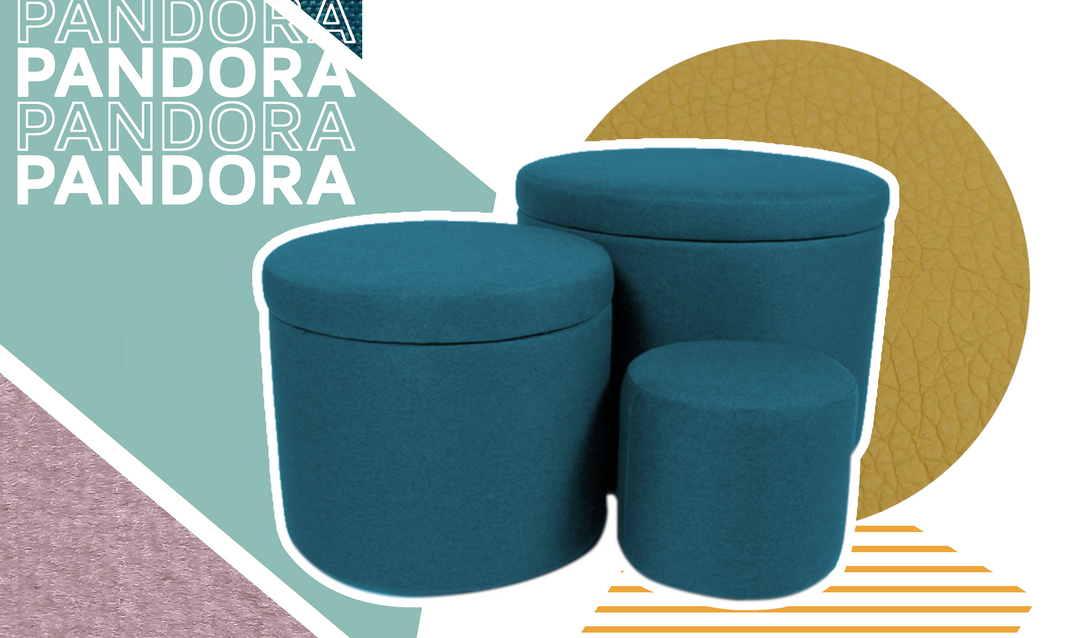Corona virus emergency: types of masks and methods of use
More and more often the use and type of mask to be used is confused. Let's do some clarity.
Surgical masks
Surgical masks are disposable products and are not a guarantee for the wearer. In fact, this type of mask protects others from contagion and therefore should be used by everyone, the problem lies in the fact that they are no longer available.
To be effective, a surgical mask it must be changed after a few hours of use and must never be reused. It is in any case a protective measure indicated for those with symptoms or for those who take care of a person with symptoms, in order to reduce the risk of contagion as much as possible.
FFP1, FFP2 and FFP3 masks
FFP1, FFP2 and FFP3 masks or respirators are able to filter very small nano particles (depending on the type), but it is important to know that they have been created and tested to be used in the workplace. Again, there are no real guarantees of protection against corona virus .
Even the filter they are equipped with loses its filtering capacity in a very short time and should therefore be disposed of. These masks are mainly used by health personnel who use them more intensively, but if they are worn to protect themselves from fine dust pollution in the city, they can also be used for several days.
DIY masks: how to make them at home and how to use them
Given the health emergency, the scarcity of products on the market at exorbitant prices and although these homemade masks are not a medical device, it must be said that they have some advantages: they are washable and reusable masks and are a valid alternative for both minimum precautions that for the wallet . In the video we explain exactly how to make them in 5 minutes from home , even if you don't have a sewing machine.
What does it take to make a mask
If you have one sewing machine at home or in any case if you are familiar with a needle and thread, go to a haberdashery and equip yourself with:
- 2 pieces of cotton 26x16 cm (look for tea towels or pillowcases that you no longer use);
- Scissors;
- Tailoring pins (present in almost every home);
- Approximately 0.5 cm thick elastic ribbon (approximately 32 cm will be needed per mask).
- Kitchen machine or, alternatively, needle and thread;
- Pattern (which you can find at the bottom of the article).
When we have to use the mask
The mask was born as personal protective equipment for healthcare workers and therefore they are useful if worn in advance. It is therefore not recommended to equip yourself with masks in a preventive manner for the rest of the community, above all because there is no evidence that demonstrates their effectiveness in reducing the transmission of the virus to healthy subjects. However, the use of the mask is preferable for people with respiratory symptoms (coughing, sneezing or fever) in order to limit the spread of the virus.
How to use them correctly
Masks must always be worn correctly, otherwise they not only become useless, but also counterproductive. Here are some rules to follow:
- Wash your hands often with soap and water for at least 20 seconds;
- Avoid touching the mask while you wear it, taking it from the elastic;
- Avoid placing the mask on surfaces that have not been previously disinfected;
- Cover your nose and mouth, avoiding leaving spaces between your face and the mask, especially near your nose;
- The beard hinders the adherence of the mask on the face, it is preferable to cut it before wearing it;
- in the case of a surgical mask, when it becomes damp, replace it with a new mask (in the case of a cotton mask it will not be necessary, just wash the mask at high temperatures);
- Remove the mask by taking it from the elastic and without touching the front;
- Throw it away or dispose of it and wash your hands (also in this case for the cotton mask, it will not be necessary to throw it away but it can be washed at high temperatures and reused the following day; it is therefore recommended to make at least two washable cotton masks per person, in order to to be able to alternate washing with daily use).
We remind you that the do-it-yourself mask is not a medical device and therefore it too does not represent a solution to the coronavirus infection. The first real remedy for contagion always remains isolation, so let's stay at home where possible and disinfect anything and / or people that arrive from outside.
Below you will find the mask template in case you decide to make a do-it-yourself mask that you will have to print on A4 sheet with 100% scale.

To print the mask pattern in PDF format click here .






ottima idea e super modello.Grazie
Ottimo modello, calza perfettamente. Grazie
Grazie, Ottimo modello cucite 4 mascherine chiudono meglio delle chirurgiche. Per il tessuto non avendo il tnt ho usato doppio tessuto esterno di una camicia in cotone, uno strato di tessito spugnoso da calzini da corsa 4-5 garze interne protette da un ulteriore tasca cucita solo sopra dello stesso tessuto esterno, altrimenti la garza si sfalda ed i fili vanno in bocca.
Consiglio per il lavaggio: Potrebbero essere lavate a 60 gradi o sapone bucato varechina o sgrassatore con varechina ?
Buonasera sono una farmacista di Lucca. Anche noi senza mascherine. Mi metto subito a lavoro. Grazie! Gabriella
la migliore vista finora,brava
Leave a comment